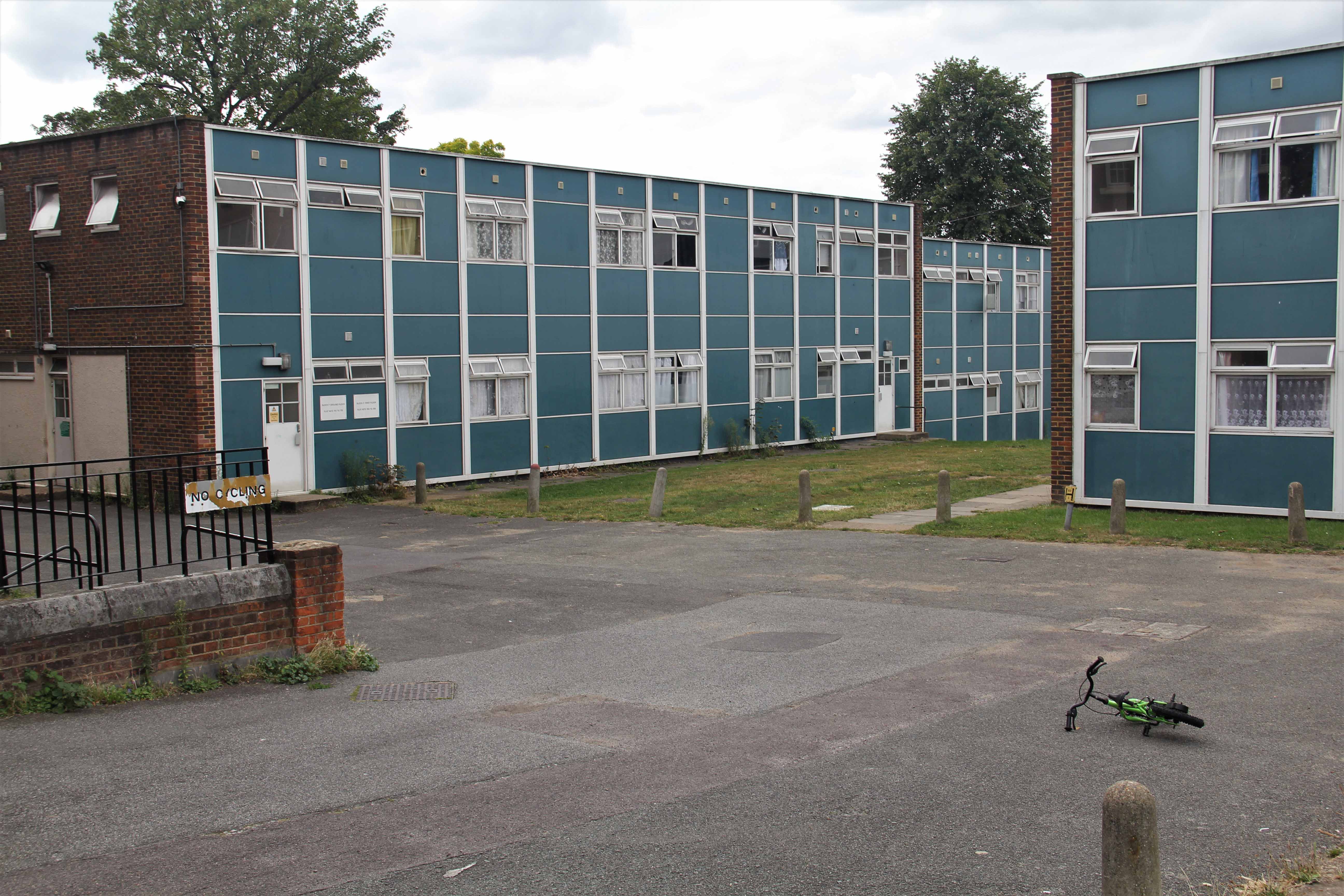The Government is Failing London’s Homeless Children
Ruth and her then 6-year-old daughter abruptly became homeless when their landlord evicted them from their London flat in 2012 to convert the property into a large house.

Unable to find anything affordable within commuting distance of her job and her daughter’s school, she requested support from her local council and was placed in temporary accommodation. Eight years later, they remained in “temporary” accommodation, with the council moving them multiple times between various flats and hostels across London. That is eight years of sharing a bed, of eating meals on the floor because of lack of space for a table, of cold air entering through cracks in the walls, of struggling to cope. Ruth, whose full name I am not using to protect her privacy, worked throughout this period but told me that she still couldn’t help feeling like she was failing to provide for her child. She said the experience was like holding her breath for eight years. Her daughter, now 16, told me her last happy memory was of the home she had when she was 6. Families in Temporary Accommodation in London, UK Download the full report in English A new report recently out by Human Rights Watch and the Childhood Trust documents how the rights of children in families living in temporary accommodation are being violated - rights to housing, education, health, and play. We found that children in London are growing up in substandard and uninhabitable conditions as a result of persistent policy failures. London currently has 86,450 children in temporary accommodation, experiencing some of the same failures of state support that Ruth and her daughter did. London has the highest rate of child poverty of any English region, and the child poverty rate at least doubles when housing costs are accounted for in 26 of the 33 boroughs. Accommodation has become less and less affordable for low-income families, in part due to government measures such as freezing housing benefits for four years between 2016 and 2020, and again from 2021 onwards, with families feeling the squeeze as rents rise but benefits don’t. If a family loses their home, local councils are obliged under English law to provide temporary accommodation until something more permanent is found. Over the past decade, the number of families living in temporary accommodation in England has increased by 65 percent, with the majority in London. Protections put in place in response to Covid-19—such as the eviction ban and the boost to Universal Credit—played a crucial role in keeping a roof over people’s head as well as to ensure the right to health during the pandemic. However, with these protections now stripped away and with living costs rising, low-income families are in the midst of an uncertain winter. A recent estimate found that over 200,000 children living in privately rented homes are at risk of homelessness with the family either having received an eviction notice, or being behind on rent. Local authorities in London are under immense pressure to find suitable homes, and children growing up in temporary accommodation are suffering the consequences in crowded spaces, places with cold air seeping in, or places with toxic mold from a lack of ventilation.
The name “temporary accommodation” belies how the state uses it as a long-term policy fix, at the cost of children’s rights. New legally enforceable standards are desperately needed, to lay out what constitutes safe, secure, decent housing for families in temporary accommodation. Such standards should be drafted in consultation with local authorities, housing providers, and residents. A similar effort is already taking place in Scotland, with a standards framework drafted and a commitment from the Scottish government to make the standards law. It is also imperative for the government to focus on moving families out of temporary accommodation and into permanent homes. Quality social housing can provide stability for low-income people. However, government policies have drastically decreased the number of social housing units nationally.
The government needs to prioritize ensuring a sufficient supply of housing to meet the current needs. After eight years in “temporary” accommodation, Ruth and her daughter finally moved into social housing in April 2020. I asked Ruth about the difference the past two years have made and she told me it has been huge. Ruth said it feels like they are on a healing journey. Her daughter is doing much better now as well: “She’s making friends, and when we go to the park she runs, she’s happy. She suddenly seems free, like she is that 6-year-old child all over again.”.
Read the full article at the original website
References:
- https://www.hrw.org/sites/default/files/media_2022/01/uk_crd0122_web.pdf
- https://www.hrw.org/report/2022/01/17/i-want-us-live-humans-again/families-temporary-accommodation-london-uk
- https://www.gov.uk/government/statistical-data-sets/live-tables-on-homelessness
- https://cpag.org.uk/child-poverty-london-facts
- https://www.trustforlondon.org.uk/data/child-poverty-borough/
- https://www.theguardian.com/society/2021/dec/22/200000-uk-children-could-be-made-homeless-this-winter-warns-shelter
